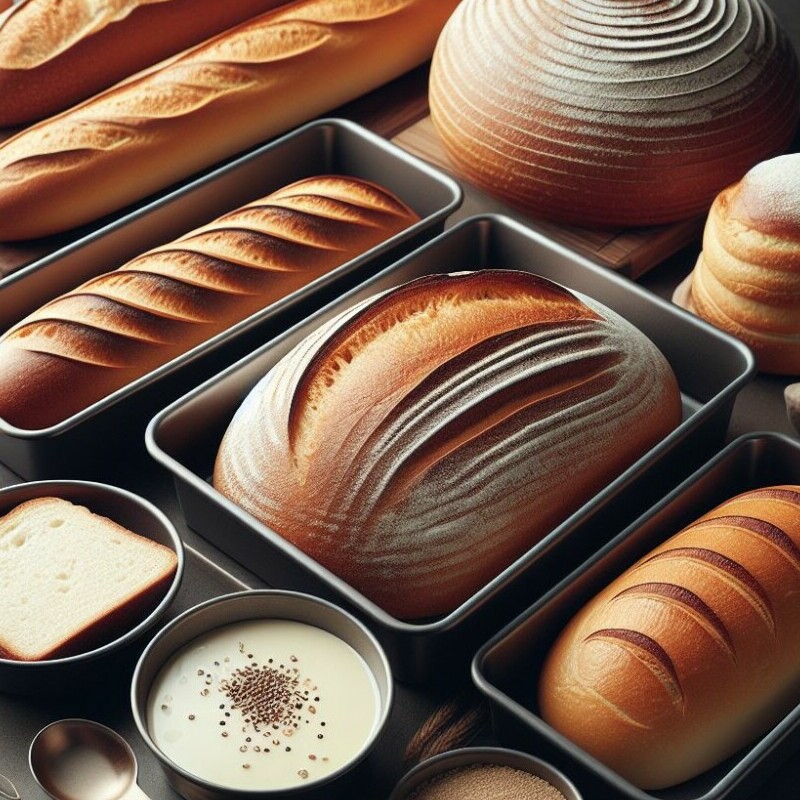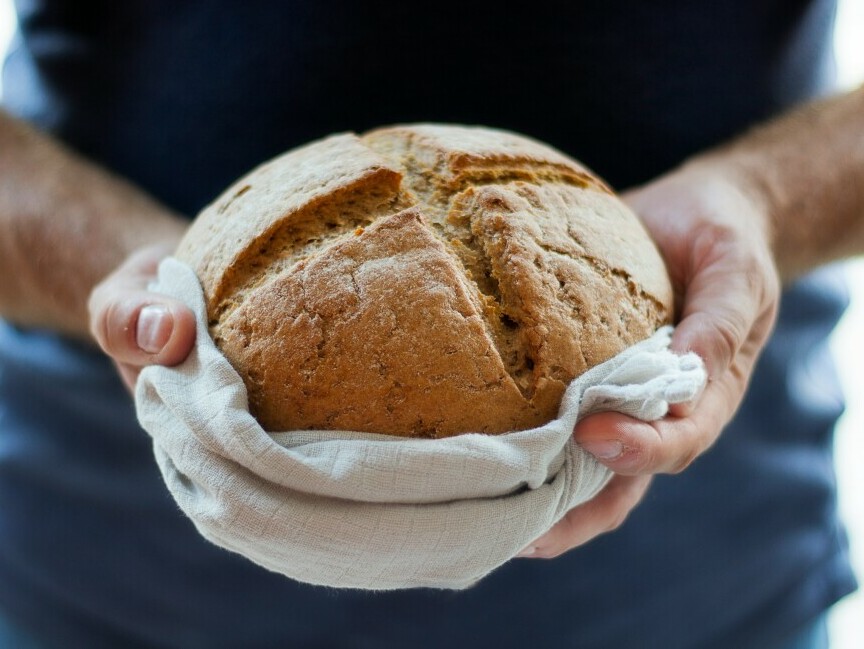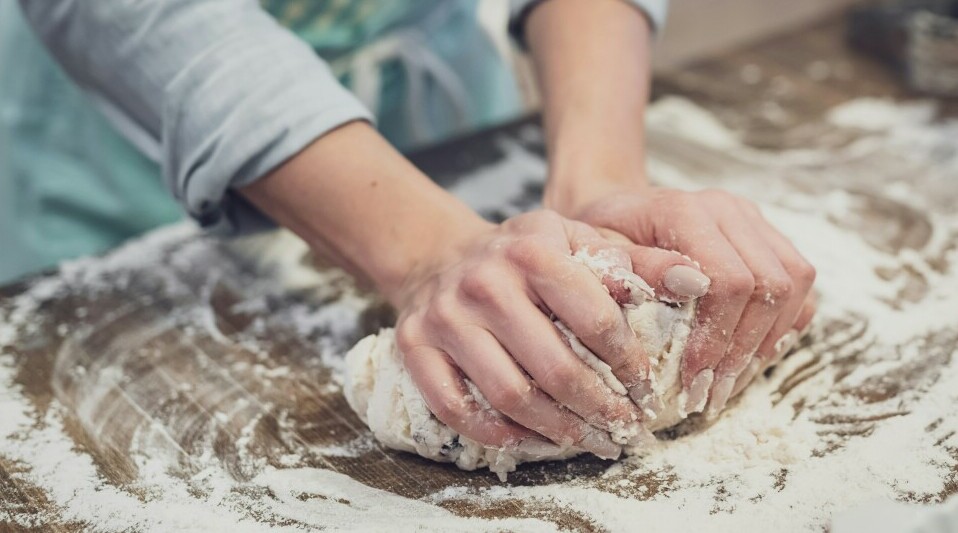 I’m going to let you in on a little baker’s secret: the loaf pan you choose can make or break your bread. That’s right. It’s not just the recipe or your kneading technique. Your pan, seemingly just a vessel, plays a prime role in how your freshly baked breads turn out in both form and function.
I’m going to let you in on a little baker’s secret: the loaf pan you choose can make or break your bread. That’s right. It’s not just the recipe or your kneading technique. Your pan, seemingly just a vessel, plays a prime role in how your freshly baked breads turn out in both form and function.
If you want to achieve that flawless golden-brown crust and a moist, airy interior, you’ve got to get up close and personal with different types of loaf pans. It’s like choosing a partner for a dance; you need one that complements your moves – in this case, your recipes.
Materials used in pan construction affect heat conduction, and ultimately, the bread’s baking time and crust. The size and shape of the pan aren’t just about volume; they influence the bread’s rise and final appearance. You can always adjust your approach down the road, but starting with the right pan sets you up for success.
Don’t worry too much about getting lost in the vast sea of loaf pans out there. I’m here to help you navigate the choices. In my opinion, it’s important to focus on a pan’s material, size, and shape as a starting point. This baseline understanding is going to lead you smoothly into considering specific materials and what each brings to the table — or the oven, in this case.
You’ll soon find out about the pros and cons of aluminum, cast iron, glass, and other materials in the next section. Choosing something that resonates with your bread-baking needs will not only improve your final product but also enhance your overall baking experience.
Let’s explore the **pros and cons** of different materials commonly used for baking bread. Each material has its unique characteristics, and your choice can significantly impact the outcome of your delicious loaves. Here’s a breakdown:
1. **Glass Pans**:
– **Pros**:
– **Even Heat Distribution**: Glass pans distribute heat evenly throughout the bread, resulting in a consistent bake. Glass is an excellent conductor of heat, ensuring uniform cooking.
– **Crispy Crust**: Due to its high heat retention, glass pans create a crispy, golden-brown crust. The slow baking process allows the crust to develop fully and evenly.
– **Soft, Fluffy Interior**: The even heat distribution in glass pans results in a tender crumb and a moist texture.
– **Versatility**: Glass pans can be used for various bread types, including sandwich bread, sourdough, and focaccia. They’re also suitable for roasting and baking other dishes.
– **Ease of Cleaning**: Glass pans are easy to clean due to their non-porous surface.
– **Cons**:
– **Longer Baking Time**: Glass pans may require slightly longer baking times.
– **More Greasing Needed**: Glass pans need proper greasing to prevent sticking.

2. **Metal Pans (Aluminum and Stainless Steel
– **Pros**:
– **Denser Crust**: Metal pans produce a thinner, crispier crust compared to glass pans.
– **Durability**: Metal pans are generally more durable than glass pans.
– **Suitable for Denser Breads**: Best for baking denser breads like rye and whole-wheat.
– **Ideal for High-Heat Dishes**: Metal pans work well for pizza and other dishes requiring high heat.
– **Cons**:
– **Uneven Heat Distribution**: While metal pans distribute heat well, they can create hotspots, leading to uneven baking.
– **Slightly Drier Bread**: Due to quicker baking, bread from metal pans may be slightly drier than glass-baked bread.
– **Challenging to Clean**: Metal pans can be more challenging to clean, especially if they have baked-on residue.
3. **Cast Iron Pans**:
– **Pros**:
– **Excellent Heat Retention**: Cast iron retains heat exceptionally well.
– **Even Baking**: Cast iron pans heat slowly but evenly, making them perfect for breads and casseroles.
– **Durability**: Cast iron pans are sturdy and long-lasting.
– **Cons**:
– **Maintenance**: Cast iron requires careful seasoning and maintenance to prevent rust.
– **Heavy**: Cast iron pans are quite heavy.
4. **Ceramic Bakeware**:
– **Pros**:
– **Beautiful Presentation**: Ceramic dishes look lovely and can go straight from oven to table.
– **Even Heat Distribution**: Similar to glass, ceramic provides even heat distribution.
– **Non-Reactive**: Ceramic won’t impart any metallic flavors.
– **Cons**:
– **Fragile**: Ceramic bakeware can chip or crack if mishandled.
– **Not Ideal for High Heat**: Some ceramics may not withstand extremely high temperatures.
Remember, your choice depends on personal preferences, baking style, and the type of bread you’re making. Whether you opt for glass, metal, cast iron, or ceramic, each material brings its own magic to your baking adventures! 🍞🥖🔥
Happy baking
Kathie
Can You Bake Bread in a Glass Pan? Read Pros & Cons – Julie’s Cafe Bakery. https://juliescafebakery.com/can-you-bake-bread-in-a-glass-pan/.
Why it Matters Whether You Use Glass, Metal, or Ceramic Bakeware. https://www.bobvila.com/articles/when-to-use-glass-metal-ceramic-bakeware/.
Stop using the wrong pans when baking – CNET. https://www.cnet.com/home/smart-home/does-it-matter-what-your-pans-are-made-out-of/.